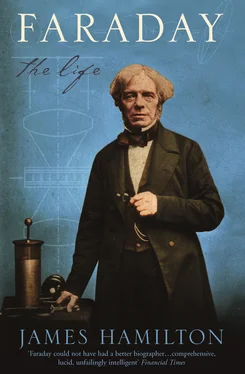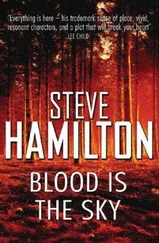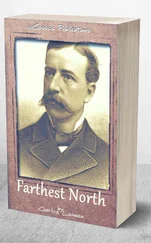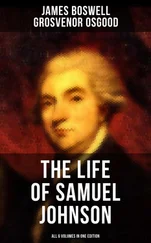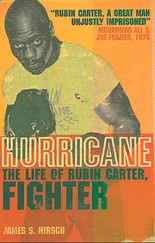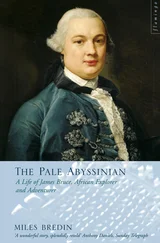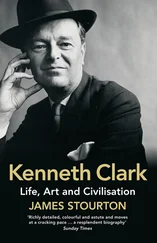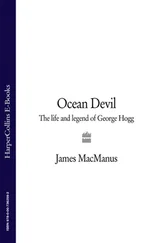For two days Sir Humphry and Faraday worked on iodine in the museum’s laboratory, and also began to prepare for a dramatic experiment to show that diamond is pure carbon, a chemically identical substance. They set the Duke’s lenses, the larger one fourteen or fifteen inches in diameter, out in the garden. It was a sunny morning, and they tested their strength and efficacy by putting a piece of wood at the focus. Instantly the wood burst into flame. These were also the days of the Feast of the Annunciation, celebrated in Florence with great excitement. Faraday recorded the atmosphere in his Journal: ‘The country people flocked into the town in their best attire, the women ornamented with enormously large ear-rings and an abundance of gold and silver lace about the head.’ 41People were shouting, cannon firing, and fairground booths had been set up in the streets between the cathedral and the Annunziata. Faraday went into the cathedral ‘at about 11 o’clock’ and heard the Te Deum to the sound of trumpets and cannonfire: ‘The sound of the trumpet in so large an inclosed space produced a striking effect on the mind – the music beautiful.’
On Sunday morning, the Feast of the Annunciation, Sir Humphry set a diamond on a perforated dish mounted on a platinum rod inside a thick glass globe. This was filled with a stream of hydrogen, ignited to heat the diamond. They had moved the equipment out of the garden, and now they were upstairs in the museum, by a south-facing window. On a wooden framework to one side was an air pump whose iron arm and oiled joints glistened in the sunshine as Faraday gently wound them up and down. Adjacent was a bubbling retort with potassium chlorate being heated to produce oxygen. Pipes joined the pump to the globe and the globe to the retort. As the hydrogen was drawn out of the globe by the pump, the oxygen, with a huff and a sneeze, was drawn in. Thus, the diamond was bathed in an atmosphere of oxygen, as pure as Davy and Faraday could make it. 42
They all kept an anxious eye on the sun, for the sky must be clear and the sun as high and as hot as possible to give the required heat to the lens. With the noise of the Annunciation crowds sussurating across the garden, and the bangs of the cannon going off at the cathedral, Sir Humphry adjusted the lenses. The large one, nearest to the window, took the sunlight first and focused it onto the smaller one, set about three and a half feet away. This focused the light yet again, into an intense, dazzling, severe point which passed sharply through the wall of the glass globe and fell like a pinprick onto the diamond. This too sparkled, glorying in the experiment, but nothing else seemed to be happening. For about three-quarters of an hour they let the heat point play on the diamond, adjusting the apparatus from time to time to let the wall of the globe cool and to compensate for the relentless motion of the sun. Then, ‘on a sudden Sir H Davy observed the diamond to burn visibly, and when removed from the focus it was found to be in a state of active and rapid combustion. The diamond glowed brilliantly with a scarlet light inclining to purple, and when placed in the dark continued to burn for about four minutes.’ 43
They must have cheered and danced, having achieved what many thought impossible, the creation of about seven hundred degrees centigrade of heat at a tiny point of light, and the sudden, incandescent, unearthly consumption into a pile of black dust of the hardest substance known to man. Cheers echoed in the distance from the celebrations of the Feast of the Annunciation, where the crowds were celebrating another creation at a tiny point, one which would generate more light and heat than any diamond.
Over the next few days they repeated the experiment. It failed once because the sun was not strong enough, but as they progressed they found they could light up and damp down the burning diamond at will. They tried the procedure in different atmospheres – with carbonic acid and nitrous oxide – but the prize of the experiment was the proof that diamond is pure carbon, one and the same as graphite, pure and black. The experiments went on so long, day by day across a week, that Faraday was too late on one of the days to get into the Uffizi to see the paintings. But it was an intense, magnificent and spectacular week, comparable in excitement to anything in the long months of laboratory work in London and Paris that Sir Humphry had shared with Faraday. It was a definitive instance of the star scientist creating spectacular effects to pluck one more certain fact from the bosom of nature.
The party left Florence early on Sunday, 3 April, a week after the first success with the burning glass. ‘In no place since I left England have I been so comfortable and happy,’ Faraday wrote. 44They had been welcomed to Italy as conquerors, and left Florence with a conquest of their own. ‘Englishmen are here respected almost to adoration,’ Faraday wrote to his mother from Rome, ‘and I proudly own myself as belonging to that nation which holds so high a place in the scale of European Powers.’
CHAPTER 7 Mr Dance’s Kindness Claims my Gratitude
On the way to Rome Sir Humphry became more buoyant than he seems to have been on other parts of the journey, and he spoke with excitement about the geological features of the landscape. The double success of the iodine discovery and the burning of diamonds must have loosened his tongue, for the geological information that Faraday writes down in the Journal is fuller and more detailed than any earlier notes. They were also, now, well away from the French.
They spent the first night in Siena, where Faraday visited the cathedral, a building ‘of great magnitude and covered externally with black and white marble’. 1Some of the designs in the mosaic floor were uncovered for him, and he also looked at illuminated missals in the Libreria Piccolomini. South of Siena, where they spent a second night, they passed through a volcanic ridge of the Apennines and stopped to climb one of the peaks.
The summit was lava & pumice of various kinds, below under the lava basalt occurred, split irregularly in a perpendicular direction. There were many cavities in the basalt, some of them contained very minute cubical crystals of a black colour and opaque. In others were larger semi-transparent white and prismatical crystals. These Sir H Davy thought to have been formed by the cooling of a substance rendered fluid by heat. 2
They travelled on to Lago di Bolsena, the largest volcanic lake in Italy, past ‘mountains singularly ridged and rifted on their south and western sides, as if cut into their present form by enormous torrents’. 3
As they made their way down into the Tiber valley, they looked out anxiously and with growing excitement for their first glimpse of Rome. Then, coming round a turn of a hill, there was the dome of St Peter’s and, surrounding it, gradually the eloquent panorama of Rome revealed itself. They clattered down into the city, through the Porta del Popolo, and took the Via del Babuino to their hotel in the Piazza di Spagna.
Faraday got away as soon as he could for his first stroll. He crossed the Ponte Sant’ Angelo and visited St Peter’s, ‘of which more anon if I am able’. 4This was Easter week, and the cathedral was being prepared for the celebrations. He went back to St Peter’s the next day, Thursday, 7 April, to see the spectacle.
Towards the evening the illumination of the churches for which preparations had been making for two days took place and St Peter’s presented a magnificent sight. A large cross was suspended over the middle of the aisle, nearly under the centre of the dome, and illuminated in a brilliant and perfect manner on all sides. The effect it produced on the mind on entering the church was singular and powerful. In the chapel of our saviour was an illumination consisting of above two thousand wax candles of great size, and everything was arranged for the reception of the pious or curious. The various religious societies in the city came in procession by turns with lighted tapers and chaunting to give homage, and the whole city appeared engaged in the service of religion. On the Saturday after at about 10 o’clock a general firing of all the pistols, guns &c &c in the town commenced, and continued for nearly two hours, the people taking this method of expressing their joy for the resurrection. 5
Читать дальше
